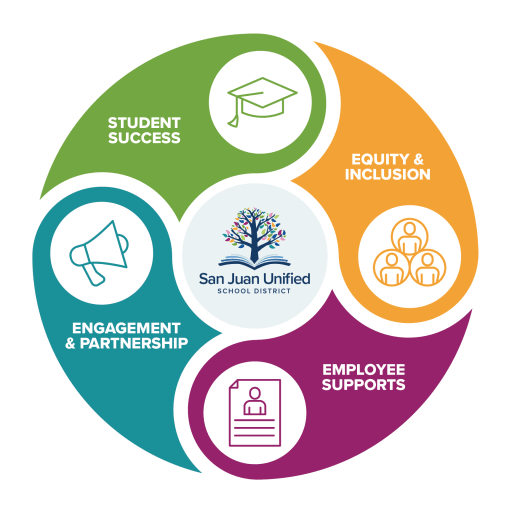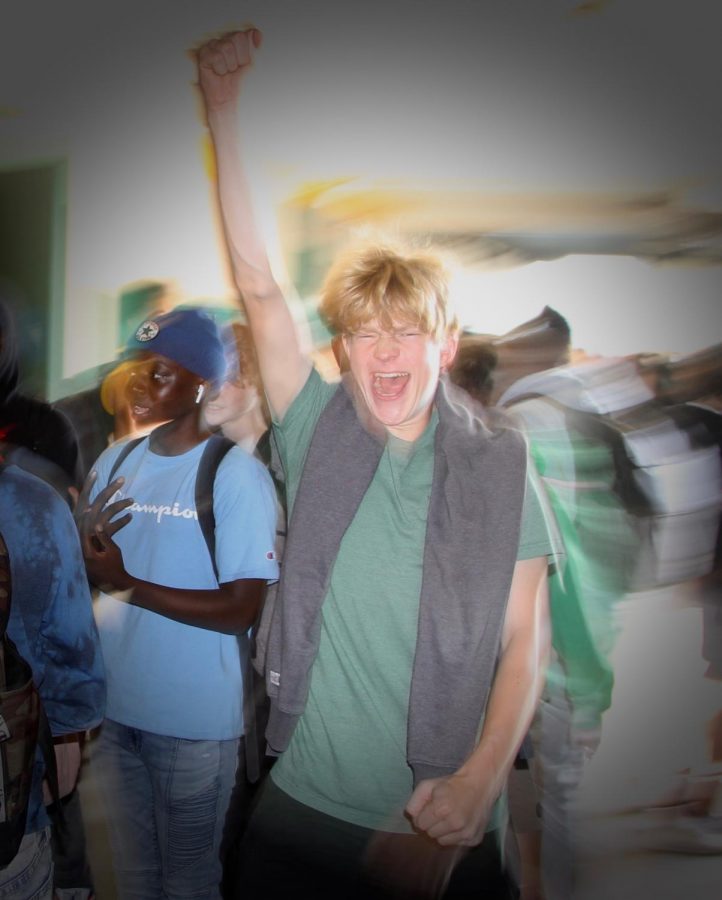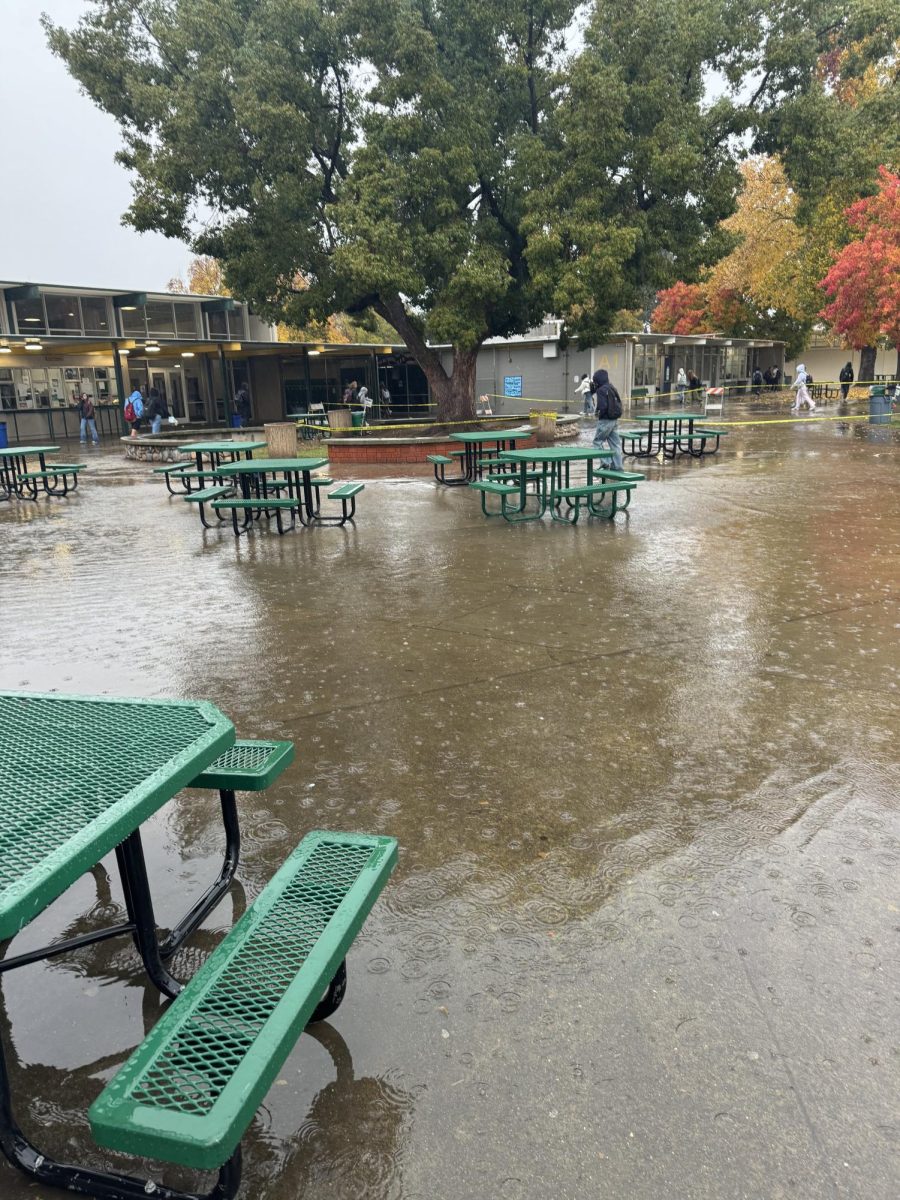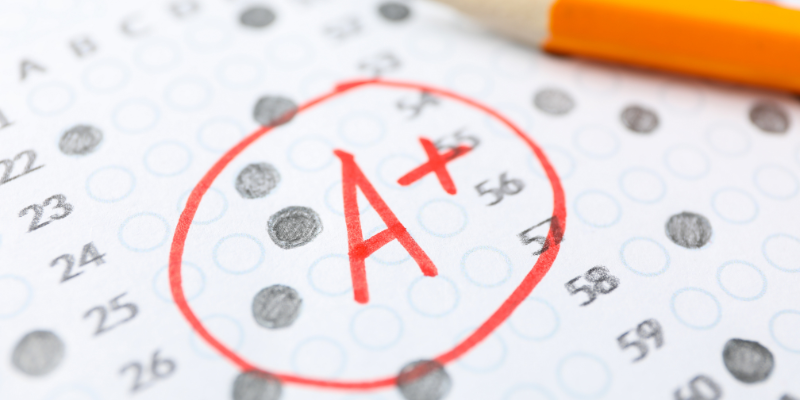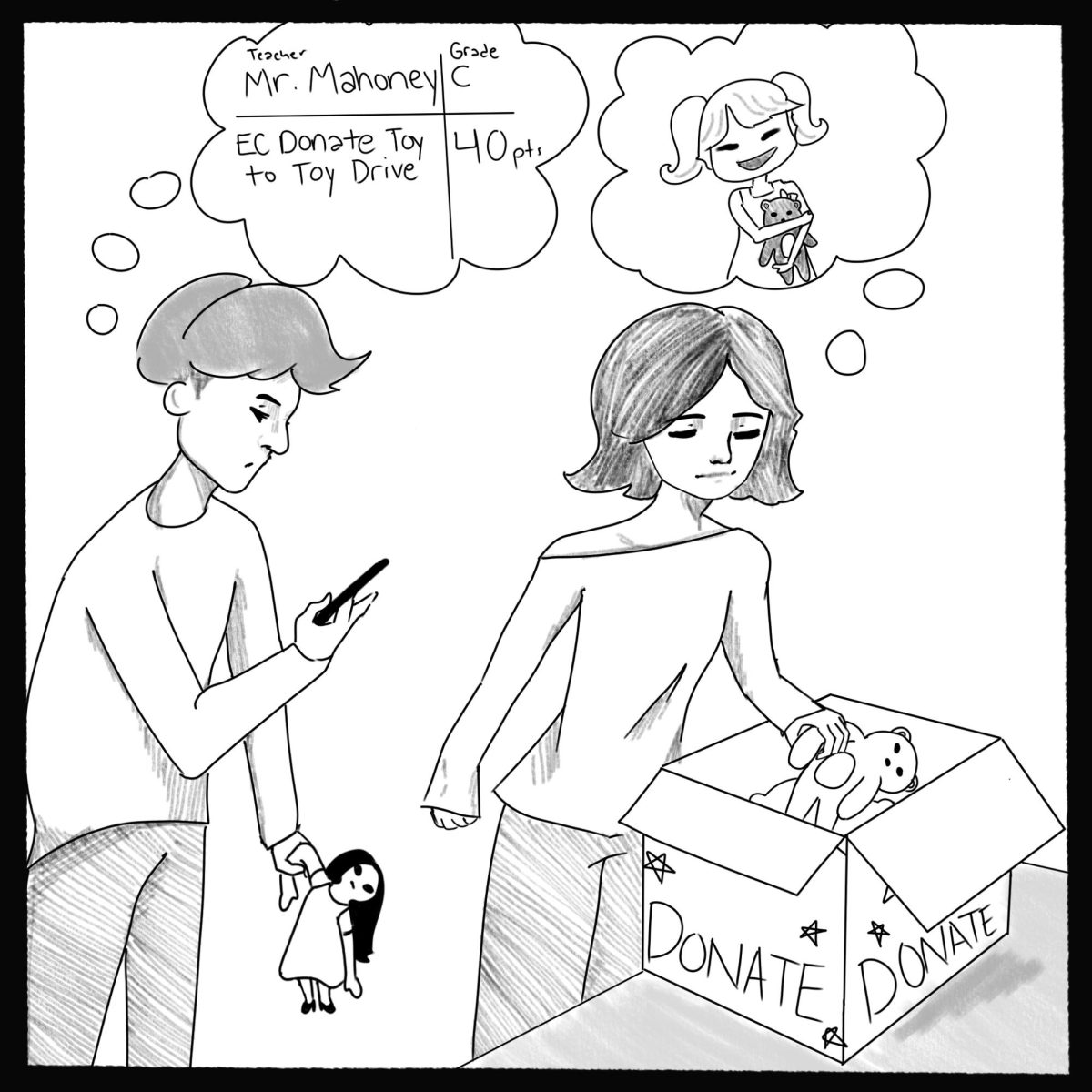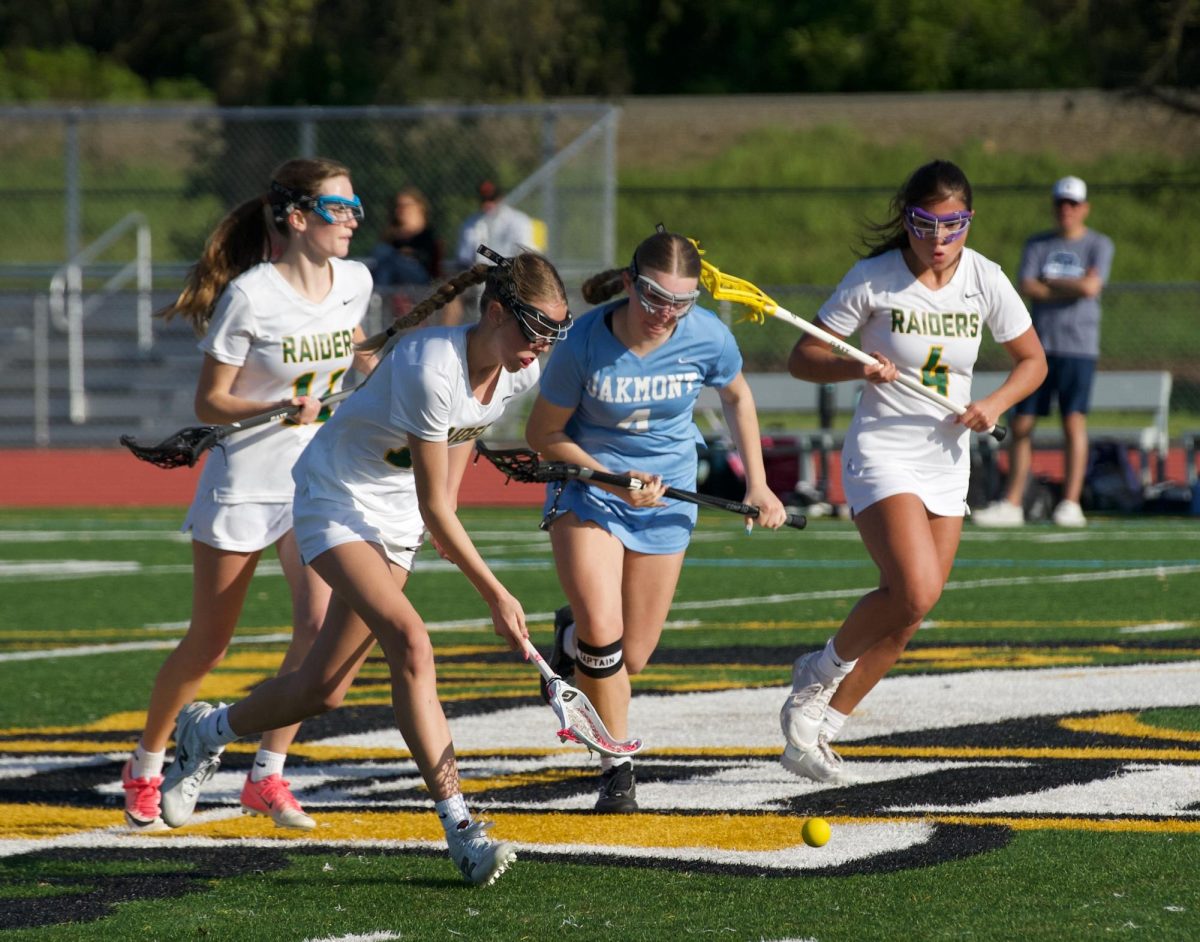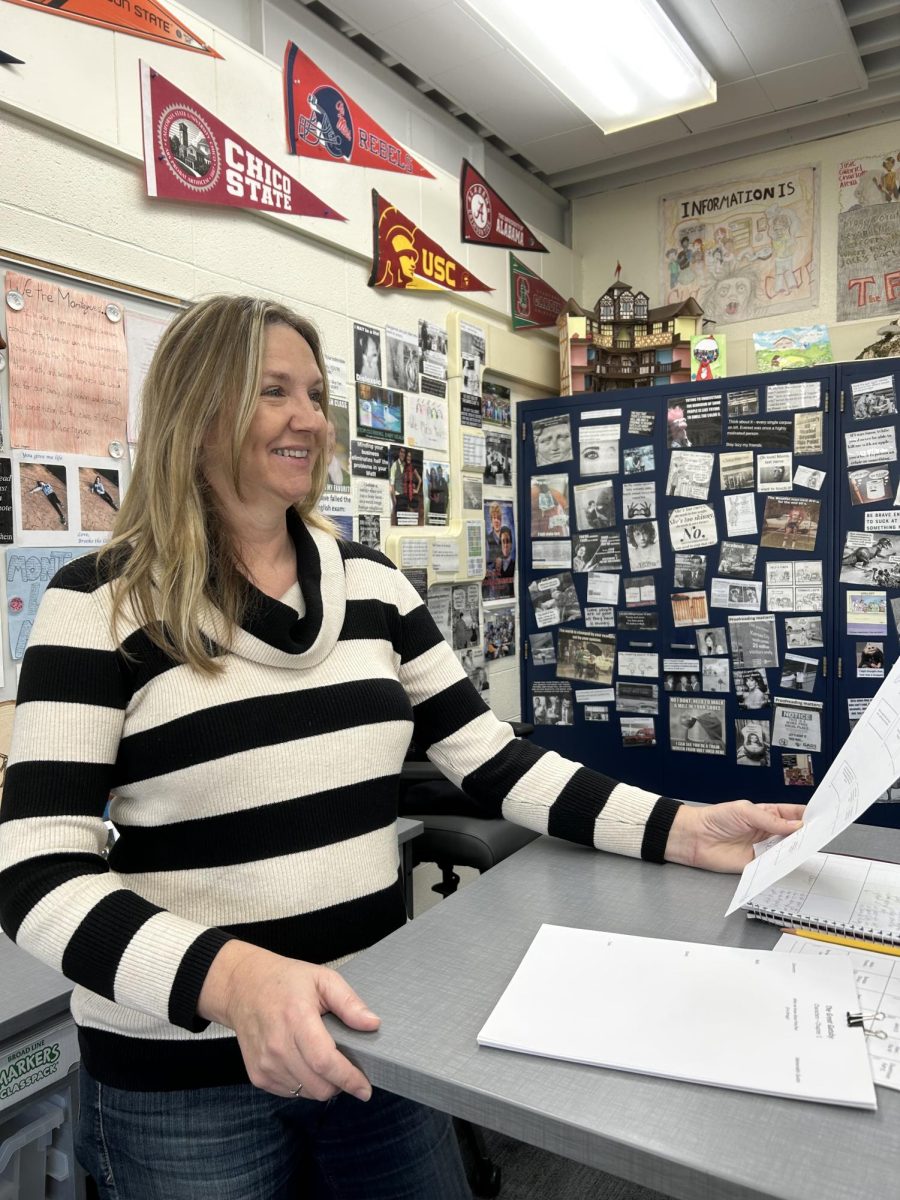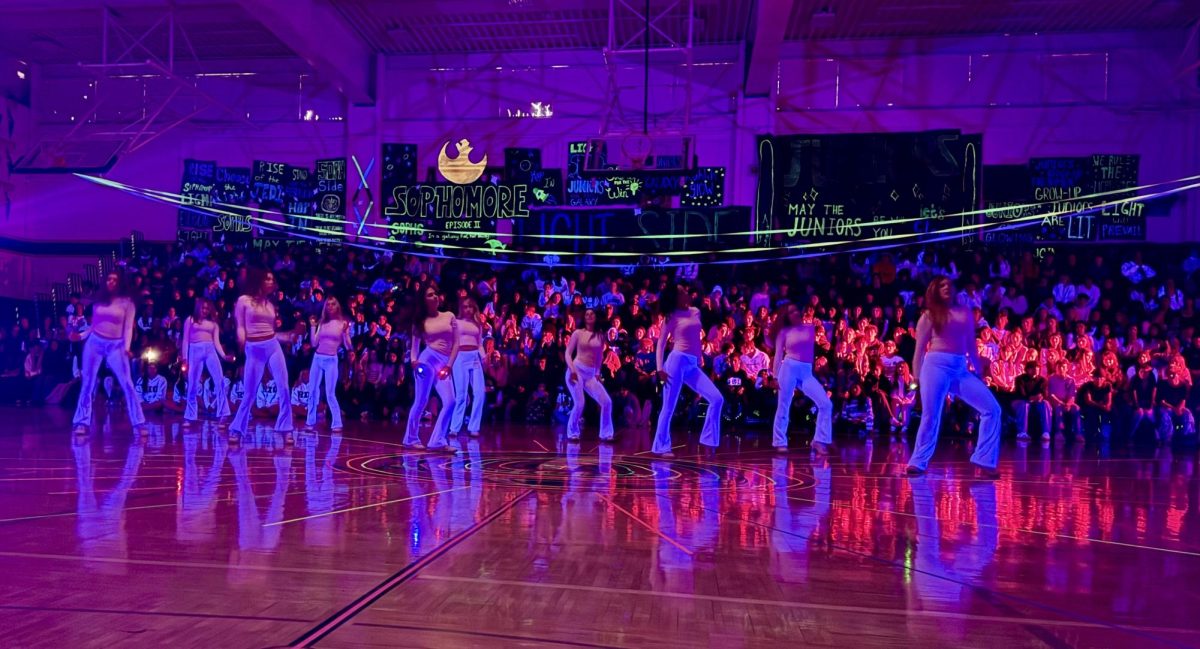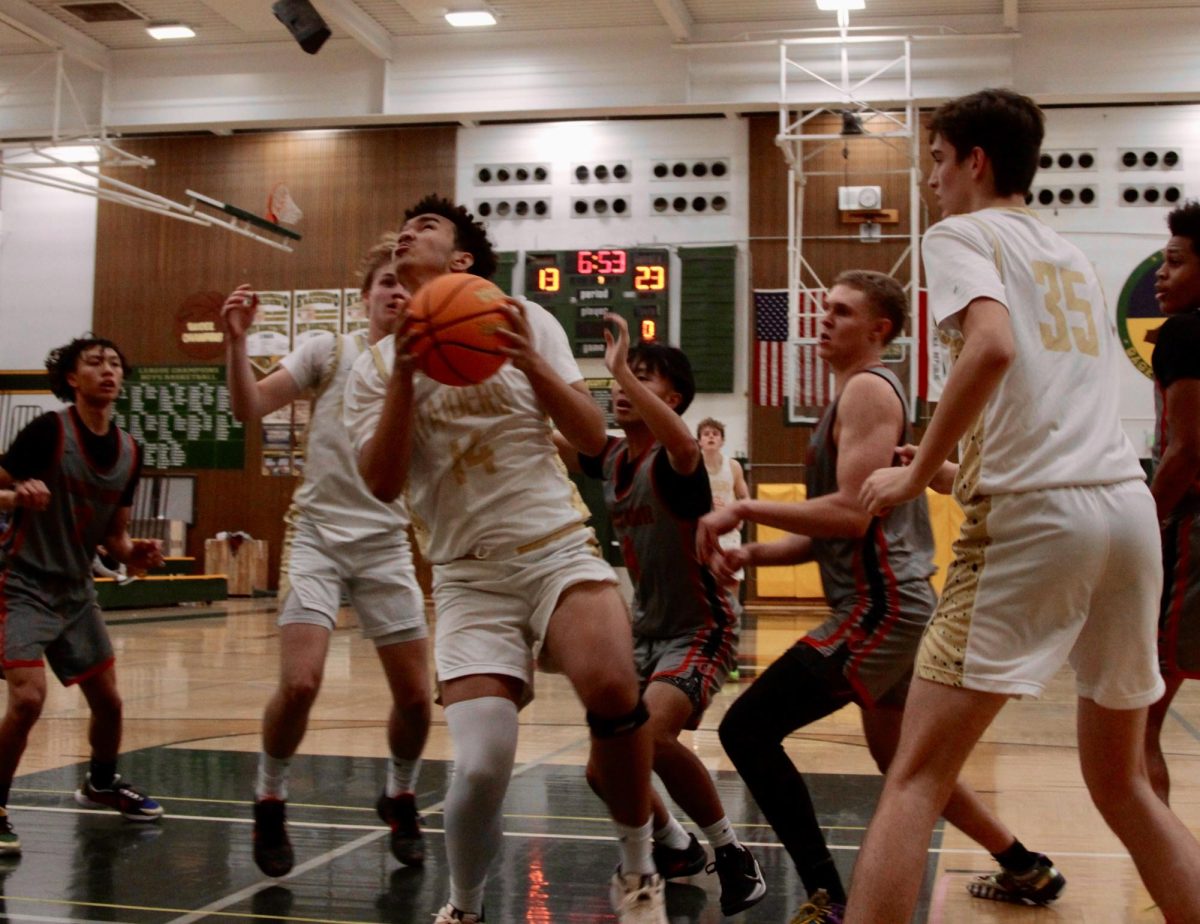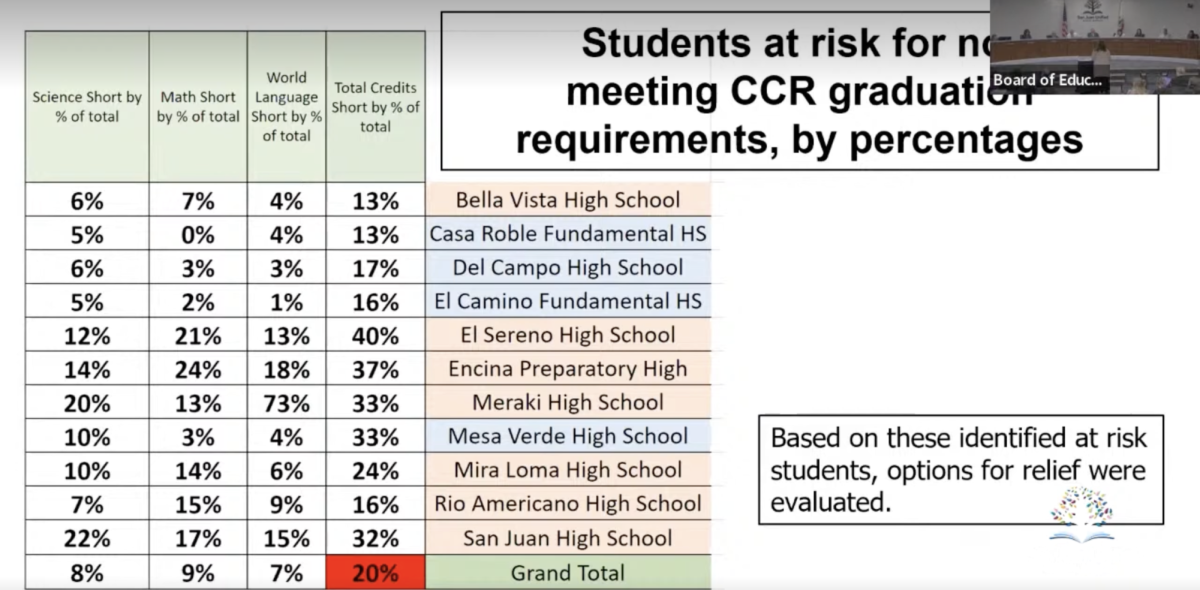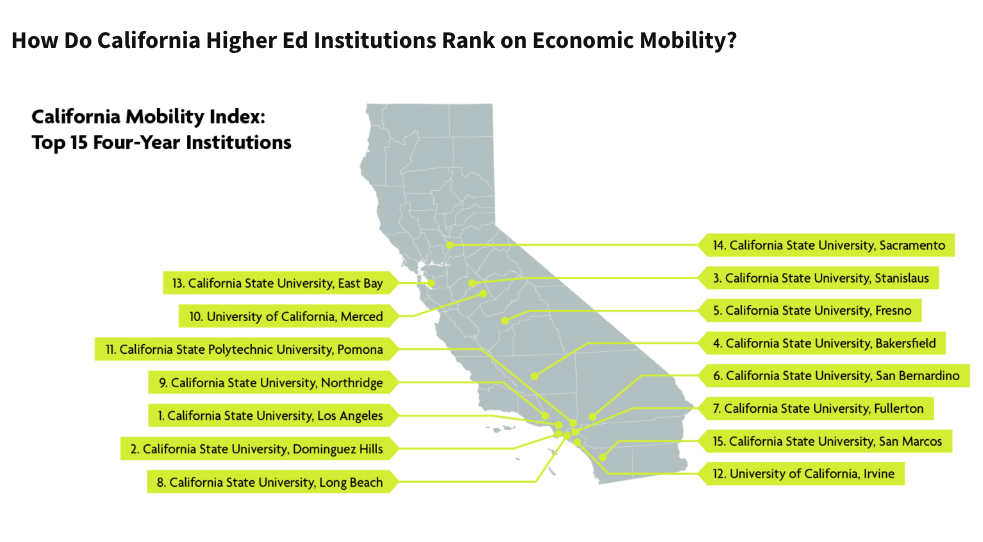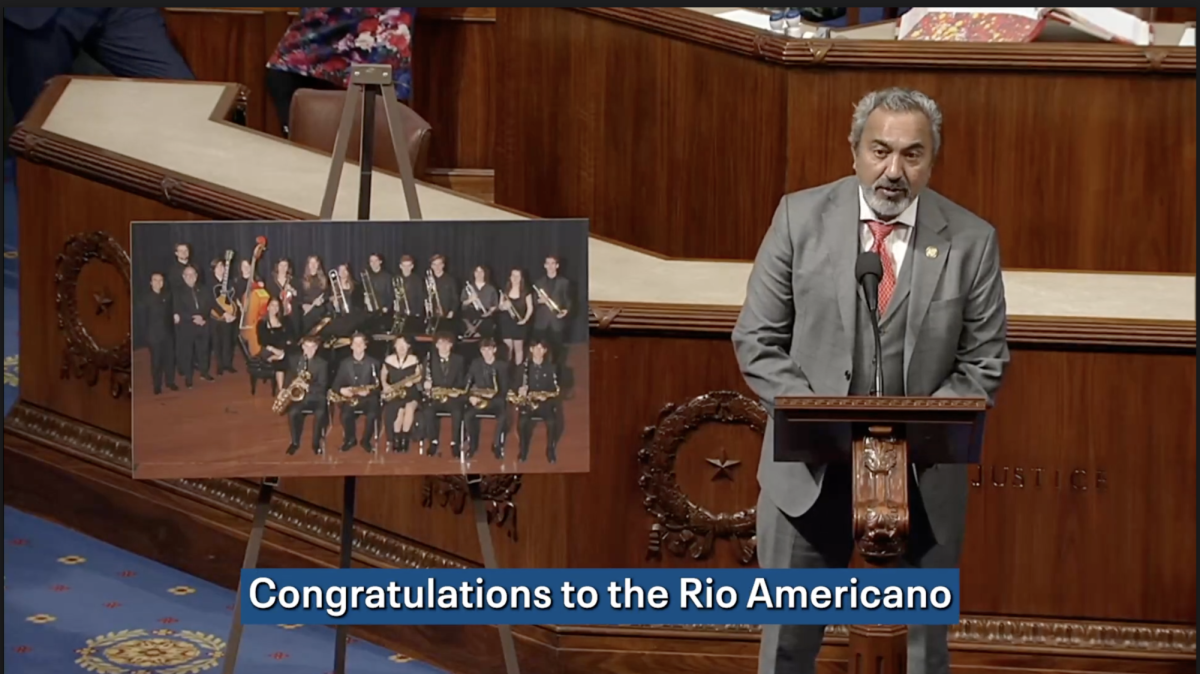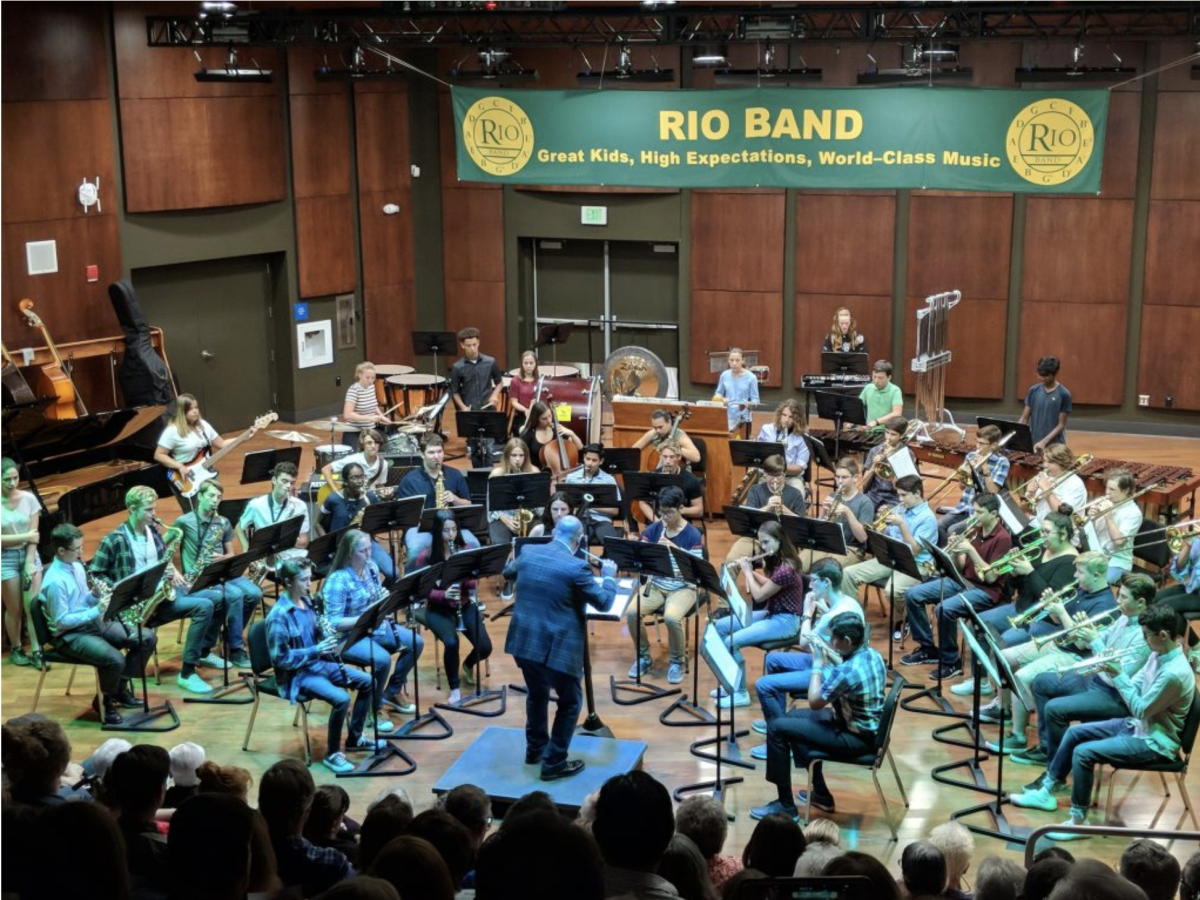With the implementation of reduced graduation requirements came a new wave of hope for students who once thought graduating this year would be impossible.
During COVID, many students lost several key lessons that have been detrimental to their progression in high school. This loss of knowledge, and in turn, drop in the expected graduation rate, is part of what inspired the credit reduction at a district level.
“They realized just how many kids were going to be impacted by it,” principal Cliff Kelly said. “But it’s also the recognition of the difficulties that this graduating class had… because they were navigating through COVID.”
This reduction will only apply to qualifying students, which have been identified as early as the beginning of the start of this semester.
“While the requirements just passed in January, I knew the conversation was going to happen as early as October,” counselor Dorie Baker said. “A student who is fully scheduled and still needs multiple classes beyond that would qualify.”
Not all students who are below the requirement are eligible for the credit reduction, however. The 160-credit plan only removes the elective requirements of two years of a world language and one year of math, meaning if a student has already obtained these credits, they’re not eligible for the reduction. This would mean that the student has to take another, separate path for graduation, which is still possible.
“Even if you’re a little bit off of 160, there’s still options. There’s El Sereno where you can earn more credits, faster than you can by a semester here,” Kelly said. “There’s also a conversation of a zero-period credit recovery, which some kids are being identified and recommended to go to. There are also online schools that you can go to. So even though a kid may not even be on task for 160, those conversations are still happening.”
The credit reduction has helped many students achieve graduation this year, but there are some downsides to the reduction if a student plans on going to a four-year college. With the reduction, students who graduate under the plan aren’t able to apply to four-year colleges and only have the option of going to community colleges and then transferring.
“The only option for these students is to go to community college for two years and then transfer to a four-year college after that,” Baker said. “So that is a conversation that I have to have with every single student who would be taking advantage of this. The students who are graduating under the 160 plan are not able to apply directly to a four-year college like a UC or a CSU.”
This would create a small delay for those who wanted to go directly to a four-year college, but wouldn’t cause any major setbacks for these students. Going forward, there seem to be potential talks about keeping the reduction for current juniors, but nothing is concrete.
“They (the San Juan board) may increase the requirements from the 160 next year to 165 to be slightly greater,” Kelly said. “But after that, it’s going to return back to the graduation requirements that we had previously (being the 220).”
Overall the reactions have been positive from students, families, and staff alike. There’s been hope given to students and the future seems bright for those who had lost learning opportunities to COVID.
“It’s given them hope, the hope that was taken from them when they were in ninth grade because that year was really hard for a lot of students,” Baker said. “So for them to be given that chance, it’s been incredibly positive for these students to have that.”



